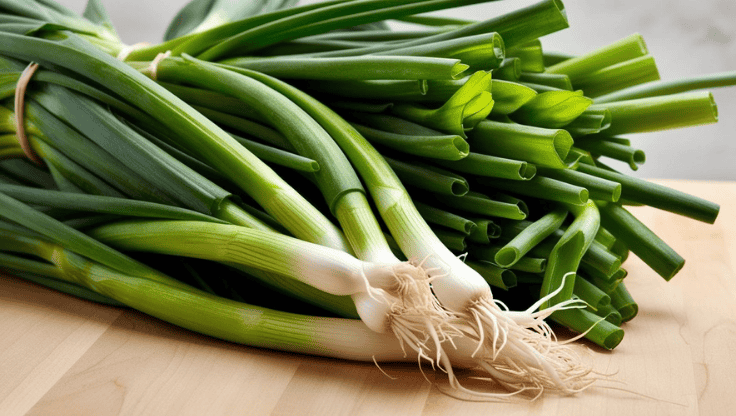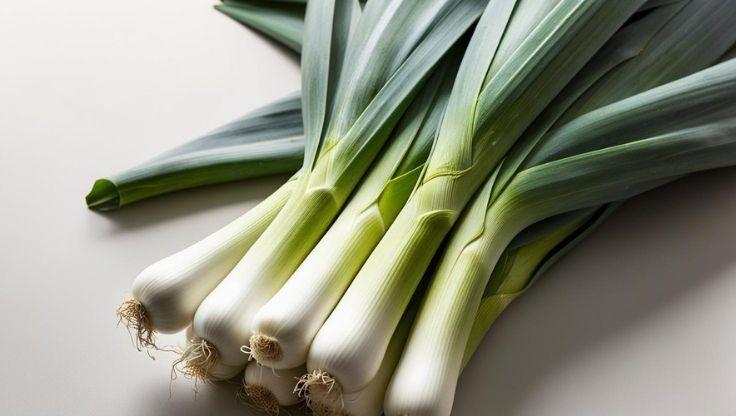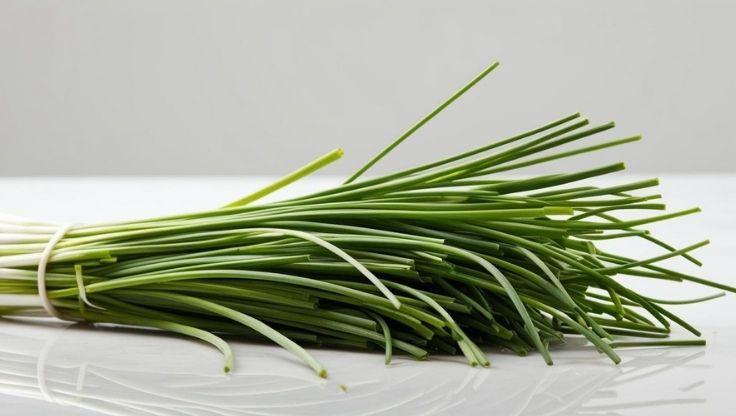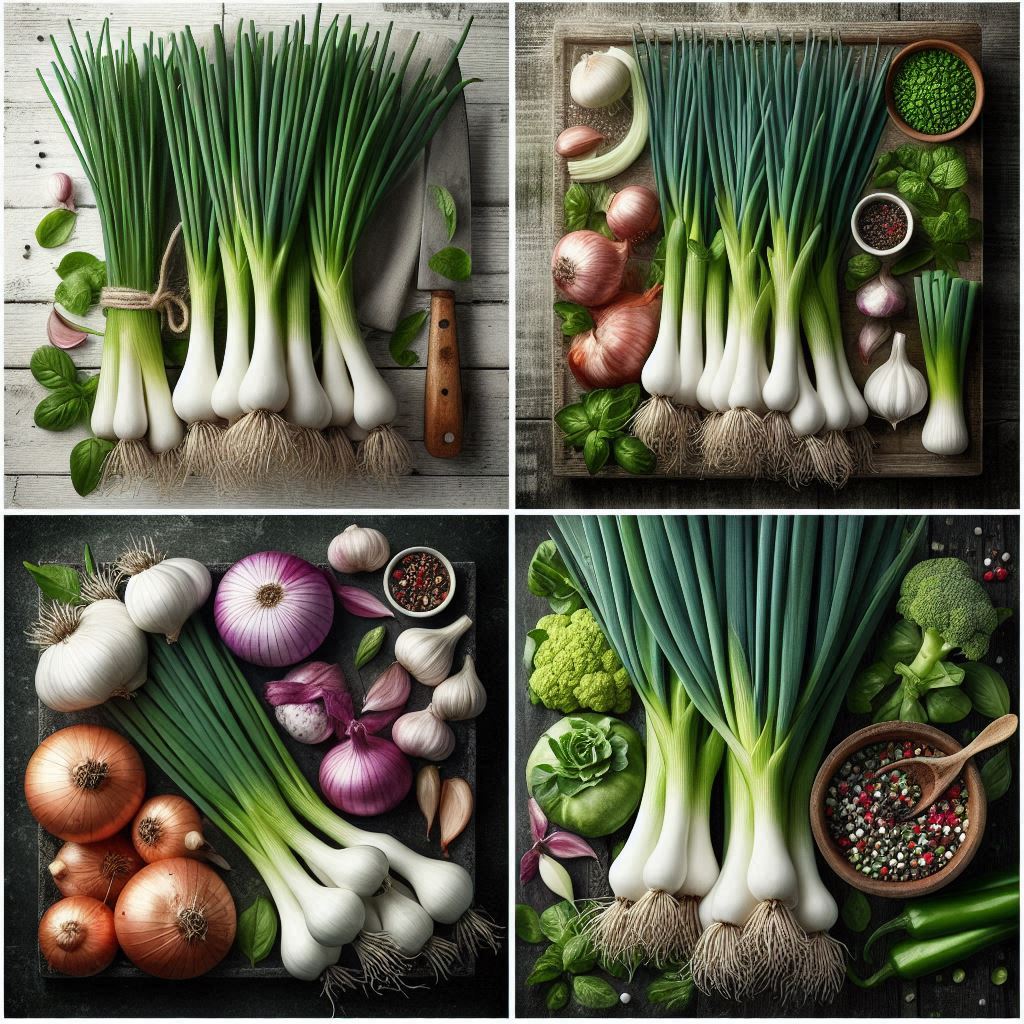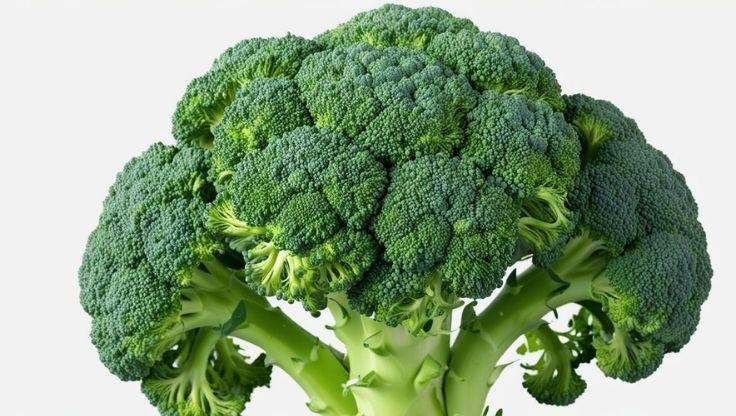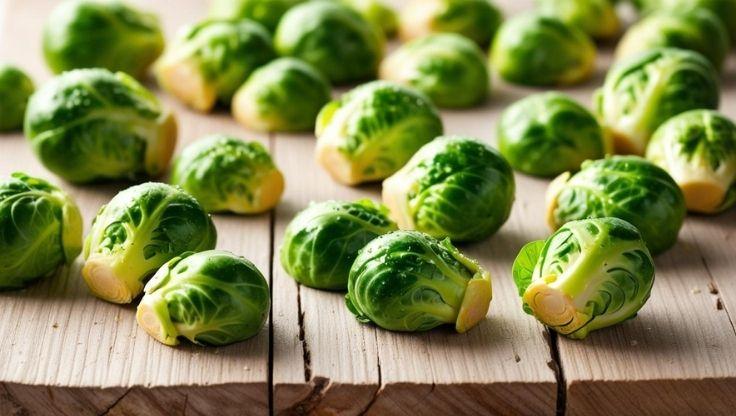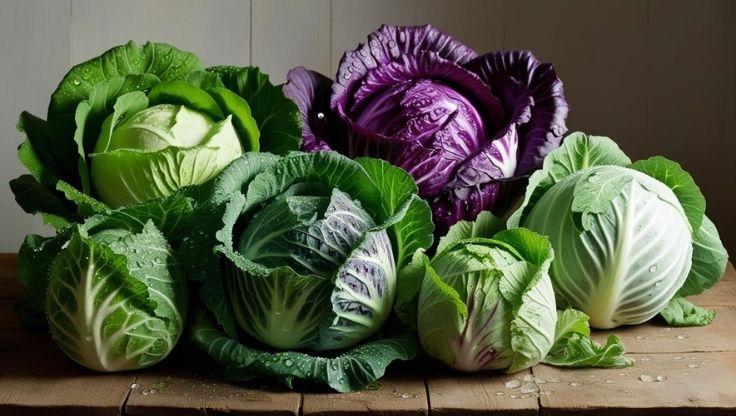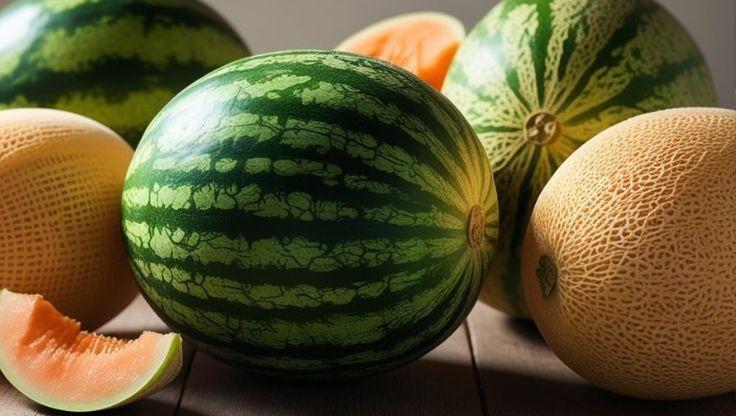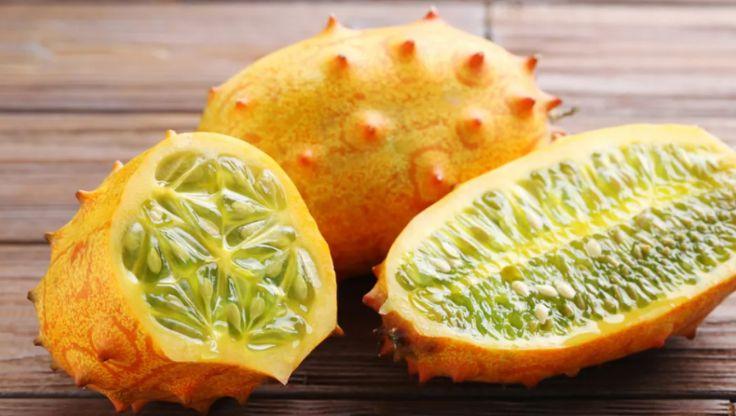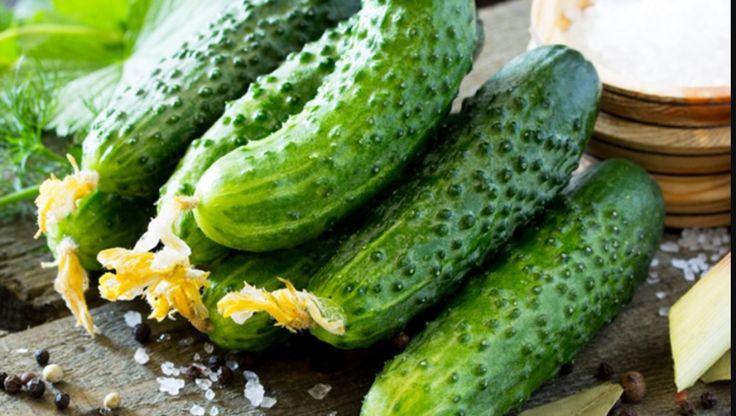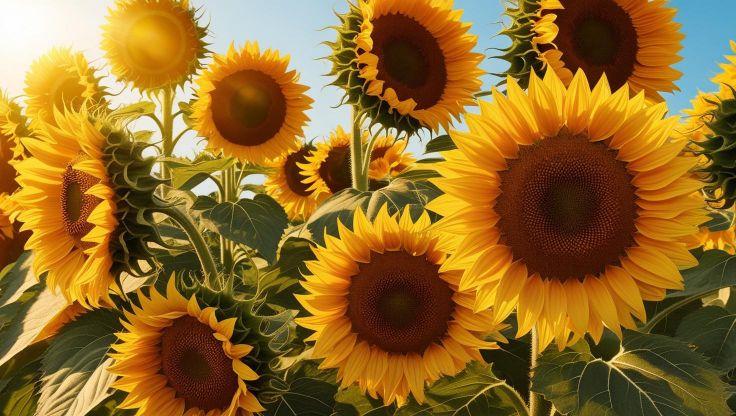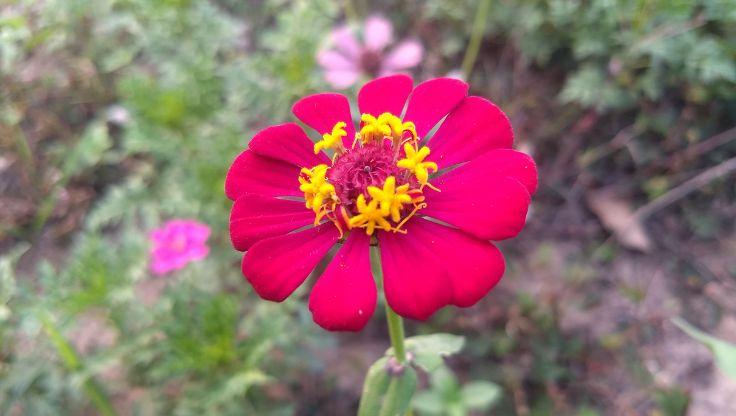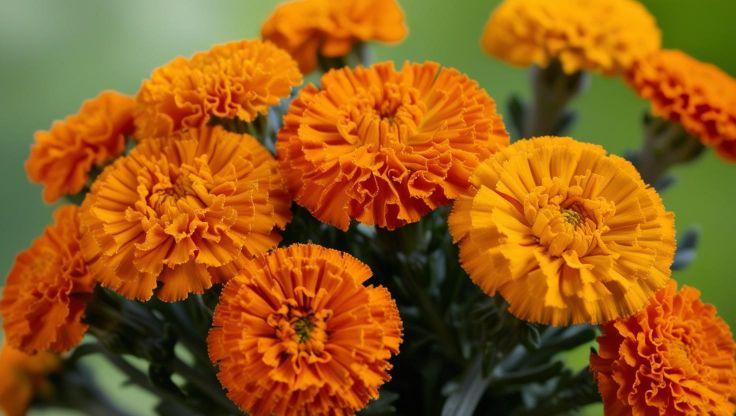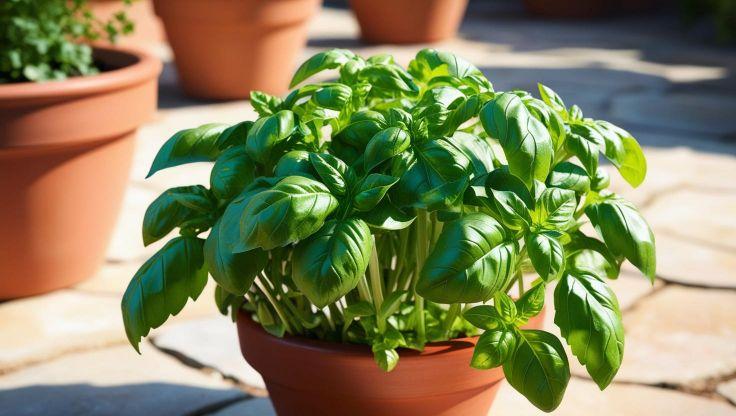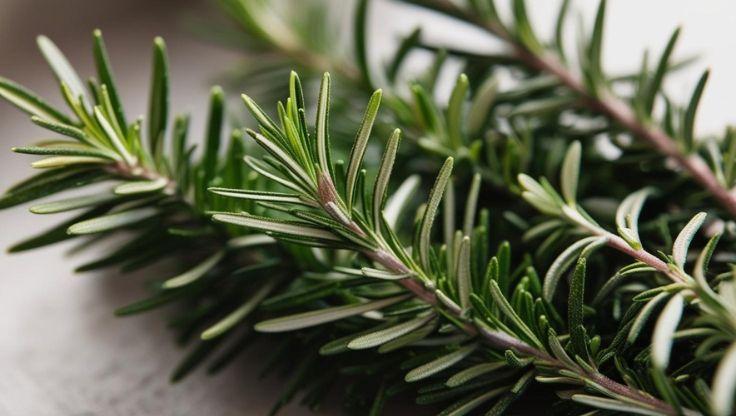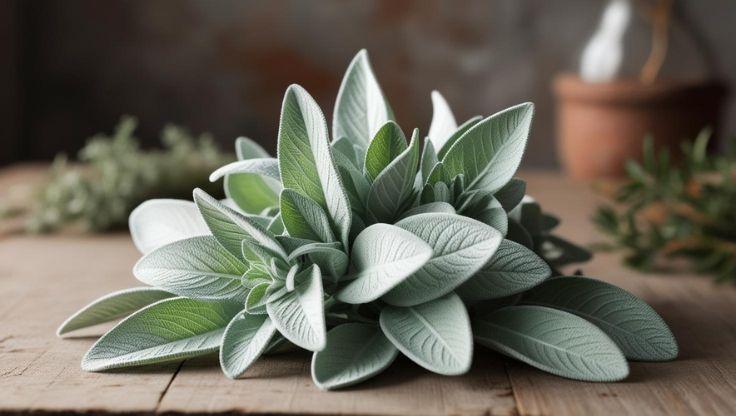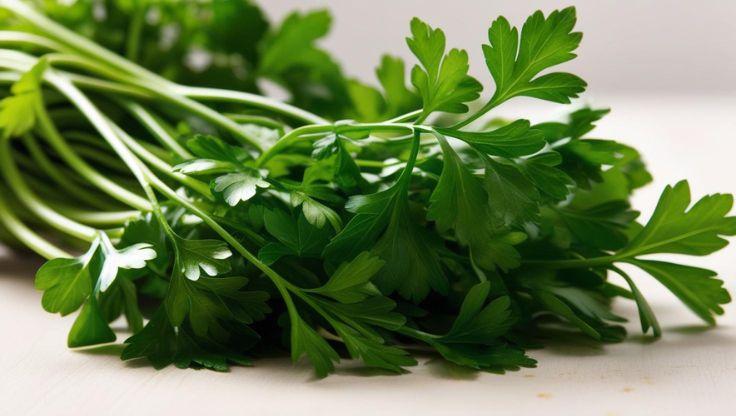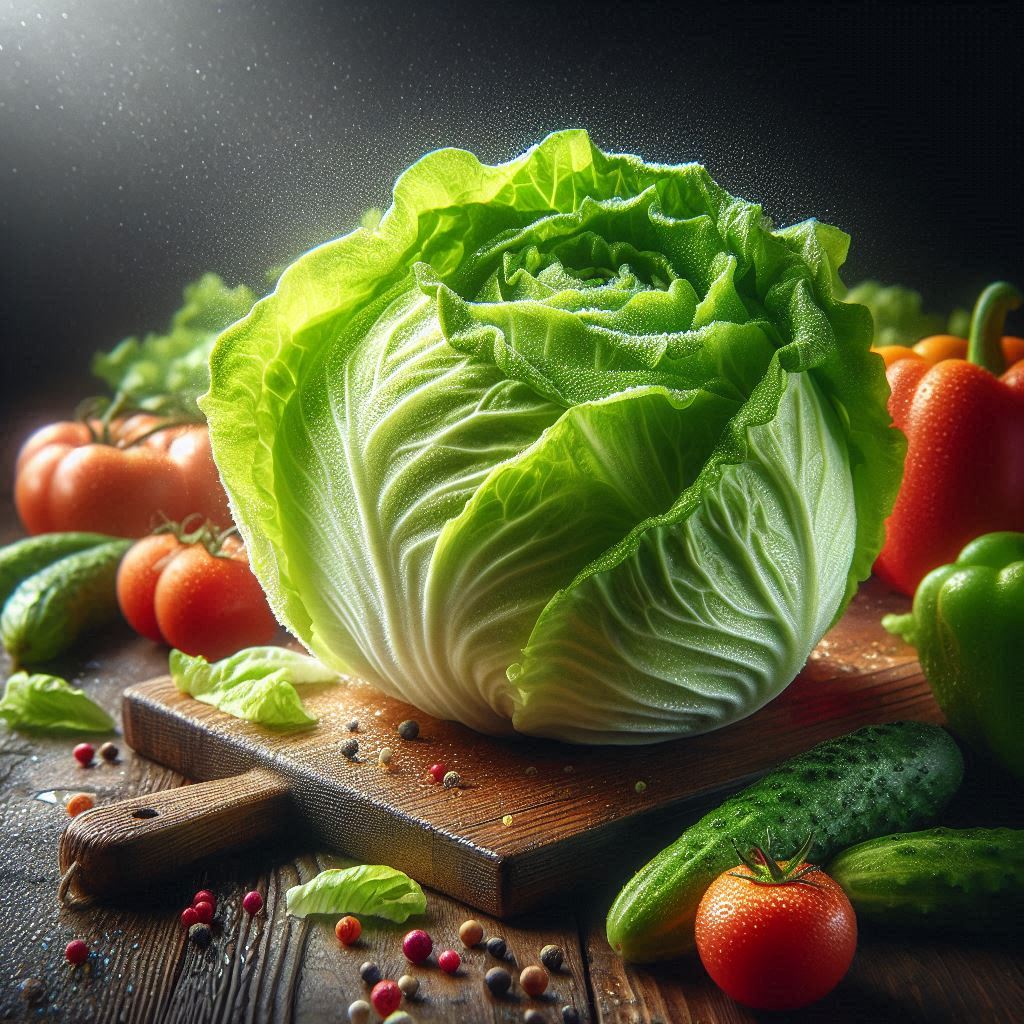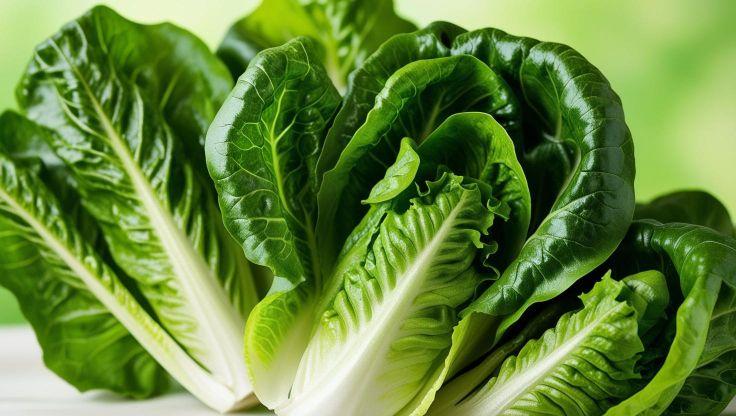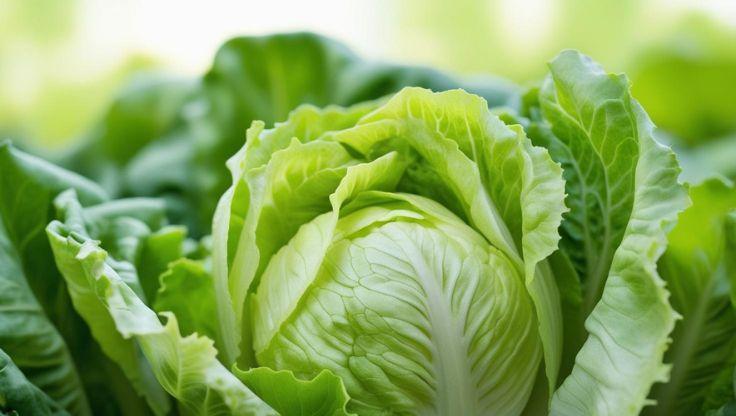Hydroponic Plants: Growing Zinnias for Maximum Blooms
Zinnias (Zinnia elegans), vibrant and long-lasting flowers, are widely cultivated for their bright colors and easy maintenance. Native to Mexico, zinnias adapt well to hydroponic farming, benefiting from controlled nutrient delivery, efficient water use, and optimal growth conditions. Unlike traditional soil-based cultivation, hydroponic plants avoid soil-borne diseases and provide consistent flowering cycles, making them ideal for both ornamental and commercial production.

Vibrant Zinnias Flourishing Hydroponically: A Complete Cultivation Guide
Hydroponic plants, such as the cheerful and prolific zinnia (Zinnia elegans), offer a dynamic way for gardeners to achieve bountiful, colorful blooms in a soilless, controlled setting. Successfully cultivating these hydroponic plants requires a keen understanding of their specific needs, from meticulously balanced nutrient solutions to precise environmental controls. This comprehensive guide will navigate you through every essential aspect of growing stunning zinnias hydroponically, ensuring your hydroponic plants not only survive but truly thrive, often surpassing soil-grown counterparts in bloom quality and cleanliness.
Quick Start Checklist for Hydroponic Zinnias:
-
Select your zinnia variety and chosen hydroponic system.
-
Germinate seeds in an appropriate starter medium (e.g., rockwool).
-
Prepare your hydroponic system and nutrient reservoir.
-
Calibrate pH and EC meters. Mix nutrient solution to target levels for young hydroponic plants.
-
Transplant seedlings when they are 2-3 inches tall with true leaves.
-
Set up lighting (12-16 hours) and maintain optimal temperature/humidity for your hydroponic plants.
-
Monitor and adjust pH, EC, and water levels daily/regularly for your hydroponic plants.
-
Observe for pests/diseases and manage proactively.
The Heart of Hydroponics: Optimal pH and EC Levels for Zinnias
For hydroponic plants like zinnias, the nutrient solution is paramount, dictating how effectively these hydroponic plants absorb nourishment. Achieving and maintaining the correct pH and Electrical Conductivity (EC) levels forms the bedrock of healthy growth and vibrant flowering for these hydroponic plants, directly impacting nutrient bioavailability and overall plant vigor.
Precision pH for Nutrient Uptake
Zinnias grown as hydroponic plants thrive when the nutrient solution's pH is maintained between 5.5 and 6.5. This slightly acidic range is critical because it ensures that all essential macro and micronutrients remain soluble and readily available for the roots of your hydroponic plants to absorb, preventing deficiencies and promoting vigorous health in these sensitive hydroponic plants.
Pro-Tip: Invest in a quality pH pen and EC meter. Regular calibration (at least weekly) using appropriate calibration solutions is non-negotiable for accurate readings, safeguarding the health of your hydroponic plants from an unsuitable nutrient environment that can quickly stress them.
Essential EC for Nutrient Strength
The Electrical Conductivity (EC) of your solution indicates the total dissolved solids, or nutrient strength, available to your hydroponic plants. For zinnias, an EC level between 1.5 and 2.5 mS/cm is ideal. This range provides ample nourishment for robust growth and prolific blooming in your hydroponic plants without overwhelming them with excessive salts, which can cause root damage and impair water uptake.
Crafting the Ideal Growing Environment for Hydroponic Zinnias
Beyond the nutrient solution, the ambient environment—specifically light, temperature, and humidity—plays a decisive role in the success of your zinnia hydroponic plants. Mastering these conditions is key for cultivating high-quality hydroponic plants that exhibit their full genetic potential.
Light: Fueling Zinnia Growth and Blooms
As sun-loving hydroponic plants, zinnias demand generous light exposure to maximize their photosynthetic potential. Provide 12–16 hours of full-spectrum LED light or strong natural sunlight daily. This extended photoperiod fuels robust photosynthesis, leading to sturdy stems and lush foliage, essential for supporting the abundant, vibrant blooms that make zinnias such popular hydroponic plants. Insufficient light will invariably result in leggy, weak hydroponic plants.
Temperature: Encouraging Vibrant Blooming
Zinnias, as hydroponic plants, prefer warm conditions for optimal growth and flowering, mimicking their native climates. Maintain an ambient temperature range of 20–26°C (68–79°F). These temperatures encourage vigorous development and the continuous production of vibrant blooms, ensuring your hydroponic plants are consistently productive throughout their cycle. Avoid drastic temperature fluctuations, which can stress hydroponic plants.
Humidity: Supporting Strong Stems and Flowers
Adequate humidity is crucial for the structural integrity and overall health of your zinnia hydroponic plants. Aim for a relative humidity level between 60–70%. This range helps support strong stem development, optimal transpiration rates, and contributes to the longevity and quality of the flowers produced by your hydroponic plants, reducing instances of environmental stress like leaf curl.
Choosing the Right Hydroponic System for Zinnia Success
Selecting an appropriate hydroponic system is vital for cultivating thriving zinnias as hydroponic plants. Certain systems are particularly well-suited to their growth habits, optimizing the potential of these beautiful hydroponic plants. Visual aids like photos or diagrams of these systems (e.g., DWC, NFT, Aeroponics) in action with zinnias would be highly beneficial for growers to understand the setup for their hydroponic plants.
Deep Water Culture (DWC) for Zinnias
Deep Water Culture (DWC) is a popular and effective choice for growing zinnias as hydroponic plants. This system ensures strong root support as the roots are suspended directly in a highly oxygenated nutrient solution, promoting vigorous growth and healthy hydroponic plants. Ensure robust aeration using adequately sized air pumps and stones for optimal results in these hydroponic plants.
Nutrient Film Technique (NFT) for Efficient Feeding
The Nutrient Film Technique (NFT) encourages efficient nutrient uptake for zinnia hydroponic plants by continuously flowing a shallow stream of nutrient-rich water over the roots. This method ensures consistent nourishment, making it a good option for these productive hydroponic plants, especially for smaller to medium-sized varieties. Channel depth should accommodate the mature root systems of your hydroponic plants to prevent clogging.
Aeroponics: Maximizing Oxygen for Accelerated Flowering
Aeroponics can maximize oxygenation to the root zone, potentially leading to accelerated flowering in zinnia hydroponic plants. In this advanced system, roots are suspended in air and regularly misted with nutrient solution, fostering exceptionally healthy root systems for your hydroponic plants. Misting intervals must be precise (often every few minutes) to prevent root desiccation.
Tailoring Zinnia Nutrition: Detailed Nutrient Formulation
A balanced and complete nutrient solution is essential for producing large, vibrant blooms and healthy zinnia hydroponic plants. [Placeholder for Expert Quote: e.g., "As leading hydroponics consultant Dr. Aqua Flora notes, 'For zinnias, a vegetative stage N-P-K ratio around 3-1-2 transitioning to a bloom formula near 2-3-4 can significantly enhance flower set and size in hydroponic plants.' Users should consult specific nutrient manufacturer guidelines."] Giving your hydroponic plants the right food at the right time is critical.
Provide your hydroponic plants with a solution containing essential macronutrients like nitrogen (N), phosphorus (P), and potassium (K), along with crucial secondary nutrients such as calcium and magnesium, and a full suite of chelated micronutrients for optimal availability to these hydroponic plants. For vegetative growth, a balanced formula is key (e.g., higher N), while during flowering, increasing P and K relative to N (e.g., a "bloom booster") supports abundant blooms on your hydroponic plants.
The Zinnia Journey: Seed to Seedlings, Growth Cycle, and Varieties
Understanding the developmental stages and selecting suitable varieties are crucial for a successful zinnia hydroponic cultivation experience for these hydroponic plants. Illustrations of zinnia seedlings at the ideal transplanting stage, showing well-developed true leaves and root mass, can be very helpful for new growers of hydroponic plants.
Starting Zinnia Seeds for Hydroponics
Zinnia seeds should be planted one per hole or starter plug (e.g., rockwool, coco coir), ensuring sufficient space for root development for these future hydroponic plants. This initial care is vital for establishing strong hydroponic plants from the outset. Maintain consistent moisture (not waterlogged) and warmth (around 21-24°C / 70-75°F) for germination, which typically occurs in 4-7 days.
Transplanting and Growth Timeline
Transplanting into your hydroponic system should occur once zinnia seedlings reach approximately 2–3 inches in height and have at least two to three sets of true leaves, indicating a robust enough root system for these hydroponic plants. Maturity after transplanting, leading to the first blooms of your hydroponic plants, typically takes around 50–70 days, depending on variety and consistency of optimal conditions.
Popular Zinnia Varieties for Hydroponic Cultivation
Many zinnia varieties thrive as hydroponic plants, offering a wide array of colors and forms. Popular choices include the large-flowered California Giant (excellent for cut flowers but needs support), the compact and prolific Dreamland series (ideal for smaller NFT channels or shelf-based DWC for hydroponic plants), and the vibrant Magellan Zinnias. All these varieties perform exceptionally well as hydroponic plants in controlled environments.
Pro-Tip: For cut flower production from your zinnia hydroponic plants, select taller varieties like 'California Giant'. Harvest stems when flowers are nearly fully open but before the central yellow florets fully mature for the longest vase life. Cut stems of your hydroponic plants at an angle, preferably in the cooler morning hours.
The Appeal of Hydroponic Zinnias: Uses and Benefits
Hydroponically grown zinnias offer a wealth of ornamental beauty and contribute positively to their immediate environment, making them cherished hydroponic plants. The controlled nature of hydroponics often results in cleaner blooms free from soil splash and soil-borne blemishes, enhancing the quality of these hydroponic plants.
Ornamental Applications: Brightening Spaces
Hydroponically grown zinnias are widely used for stunning bouquets, vibrant floral arrangements, and colorful garden décor (in containers), showcasing the versatility of these hydroponic plants. Their vivid colors and long-lasting blooms make them a perennial favorite among growers and florists alike, highlighting the quality achievable with hydroponic plants when parameters are meticulously controlled.
Ecological Benefits: Supporting Pollinators
Zinnias are excellent at supporting pollinator populations, attracting bees and butterflies that enhance local biodiversity, even when grown as hydroponic plants near open windows or in protected outdoor setups. When grown as hydroponic plants, their efficient cultivation also significantly reduces water waste and pesticide reliance, contributing to a healthier micro-environment for all.
The Sustainable Choice: Advantages of Hydroponic Zinnia Cultivation
Growing zinnias as hydroponic plants offers considerable sustainability advantages over traditional soil-based methods, aligning with eco-conscious gardening practices. This method often allows for an extended or year-round harvest season indoors for these productive hydroponic plants, independent of external climate conditions. Furthermore, hydroponic plants often mature faster and produce higher yields per square foot compared to soil cultivation.
Compared to conventional farming, cultivating zinnias as hydroponic plants can use up to 90% less water. This efficiency is particularly valuable for water conservation efforts. Furthermore, hydroponic systems eliminate many soil-related pest and disease issues that can plague soil-grown hydroponic plants. The precisely controlled environment ensures healthier blooms with minimal environmental impact, establishing these hydroponic plants as a smart and green option. [Placeholder for Citation: e.g., (Source: International Journal of Soilless Agriculture, Zinnia Hydroponics Efficacy & Resource Use, 2023). Users should seek specific studies.]
Navigating Challenges: Zinnia Pests, Diseases, and Solutions
While hydroponic plants bypass many soil-borne pathogens, growers must remain vigilant against other potential issues to protect their hydroponic plants. Clear images of common zinnia pests (aphids, thrips) and diseases (powdery mildew, root rot symptoms) on hydroponic plants are crucial for quick identification and action.
Common Pests and Diseases in Hydroponic Zinnias
Even well-managed hydroponic plants can face challenges if conditions are not optimal.
-
Powdery Mildew: Characterized by white, powdery patches on leaves and stems of hydroponic plants. Prevention is key: ensure optimal canopy air exchange through proper plant spacing and gentle fans. Control early with adequate airflow, and consider organic fungicides like potassium bicarbonate if it appears.
-
Aphids & Thrips: These small insects feed on plant sap, causing distortion, stippling, and transmitting viruses to hydroponic plants. Regularly inspect the undersides of leaves. Manage with insecticidal soap or neem oil, or introduce beneficial predatory insects suitable for hydroponic environments.
-
Root Rot (e.g., Pythium): A significant threat to hydroponic plants, indicated by wilting, slimy or brown, decaying roots, and a foul smell from the reservoir. Prevent with excellent root oxygenation, maintaining optimal water temperatures (18-22°C / 65-72°F), and rigorous system hygiene including sterilization between crops.
Recognizing Nutrient Deficiencies in Zinnias
Early detection of nutrient imbalances is key for thriving hydroponic plants.
-
Nitrogen (N) deficiency: Leads to uniform yellowing of older, lower leaves first, then progressing upwards, and stunted growth in hydroponic plants.
-
Iron (Fe) deficiency: Shows as yellowing between the veins (interveinal chlorosis) of new, upper leaves of hydroponic plants, while veins remain green.
-
Phosphorus (P) deficiency: May cause stunted growth, delayed flowering, and a dull, dark green or purplish tinge to leaves of hydroponic plants, especially on the undersides.
Timely adjustment of the nutrient solution for your hydroponic plants is crucial for correction.
Environmental Stress Solutions for Zinnias
Maintaining optimal environmental conditions is fundamental for stress-free hydroponic plants and maximizing their potential.
-
Light Management: Adjust LED intensity or photoperiod as needed to match the zinnia's growth stage, avoiding scorching (too intense/close) or stretching (too little) of your hydroponic plants.
-
Temperature Regulation: Employ fans or climate control (heaters/coolers if necessary) to keep temperatures within the ideal range for your hydroponic plants, preventing heat or cold stress which can inhibit flowering.
-
Nutrient Monitoring: Consistently balance EC and pH levels to ensure your zinnia hydroponic plants receive unwavering, optimal nutrition for prolific flower production and robust health. Keep detailed logs.
Conclusion: The Radiant Future of Hydroponically Grown Zinnias
Cultivating zinnias as hydroponic plants offers a pathway to an abundance of vibrant, long-lasting blooms with remarkable efficiency and control, making it a rewarding venture for any enthusiast. By diligently applying the principles of precise nutrient management, environmental optimization, and careful system selection, growers of all levels can achieve spectacular results with their hydroponic plants. The benefits—from continuous harvests of beautiful, high-quality flowers to significant resource conservation—underscore why zinnias are outstanding candidates for modern hydroponic cultivation, brightening both gardens and the future of sustainable horticulture for these beloved hydroponic plants.
Research for expert insights
These resources deliver valuable expertise and in-depth content for those seeking more knowledge.
|
Institution |
Article Title |
Article Link |
|---|---|---|
|
Can Tho University |
Survey on the Growth and Flowering of Hydroponic Zinnia (Zinnia elegans) at Different Hoagland and Arnon Nutritional Levels |
|
|
University of Florida |
Greenhouse Cut Flower Zinnia Production |
With meticulous analysis, they offer expert knowledge, serving as an outstanding reference for those eager to learn more.


